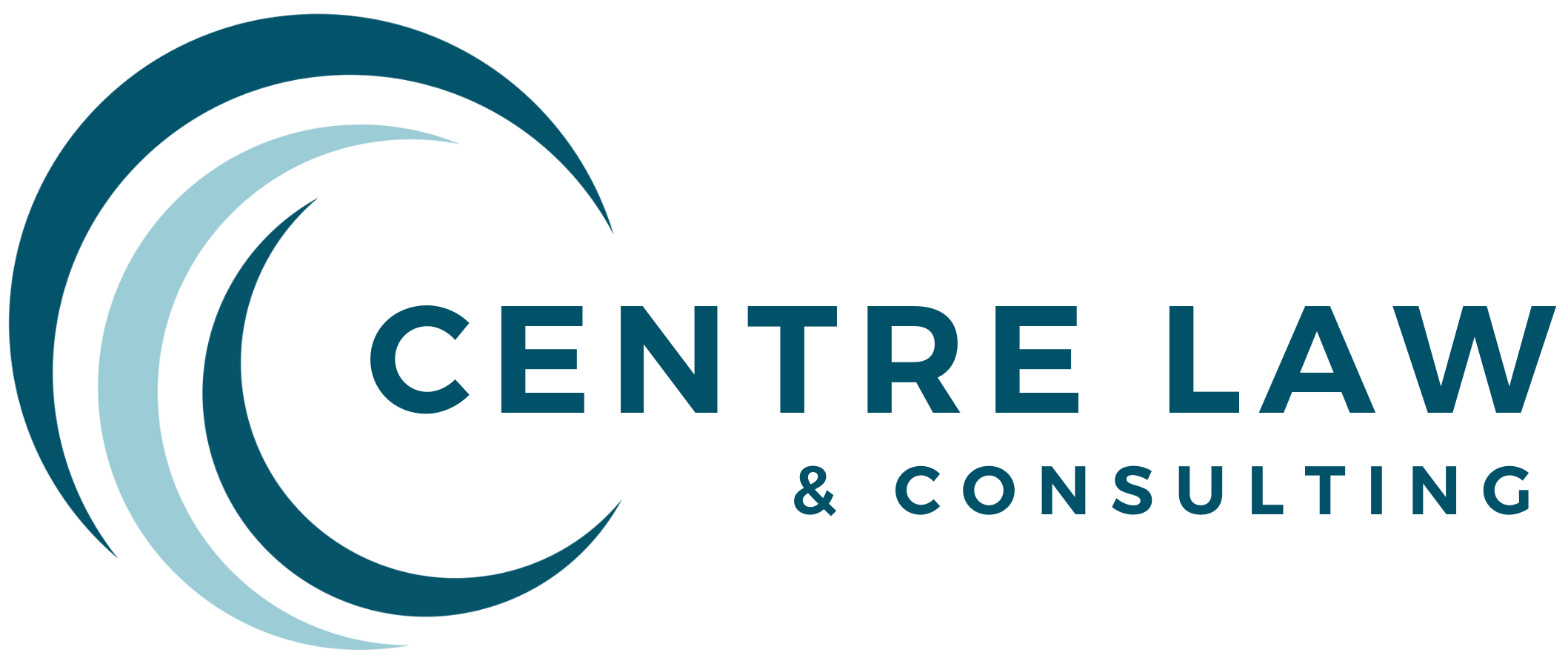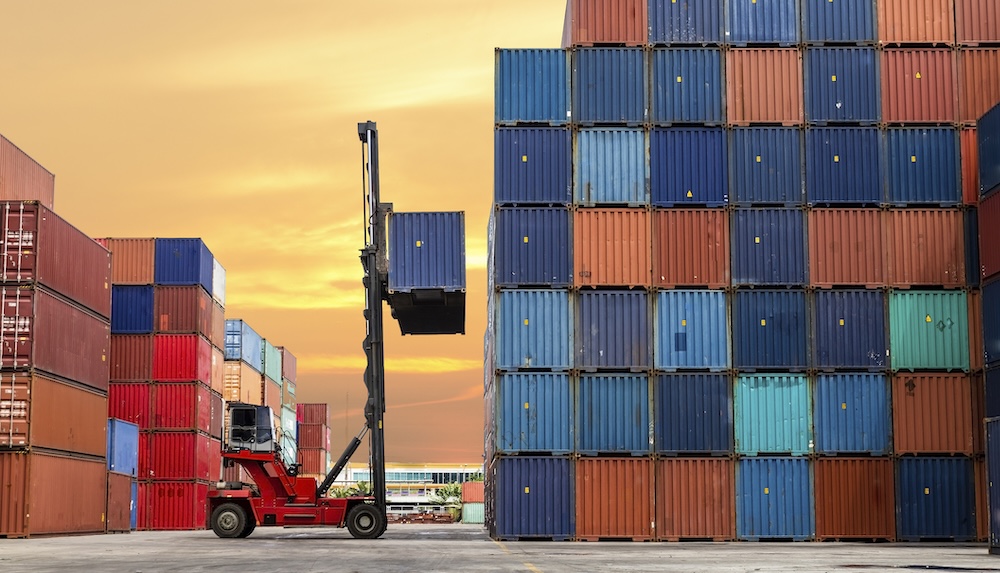The American Iron and Steel requirements, initially enacted through the 2014 Consolidated Appropriations Act, requires assistance recipients to use iron and steel products produced in the United States for the construction, alteration, maintenance, or repair of a public water system or treatment works.
The AIS provisions apply to all treatment works projects that receive funding from the Clean Water State Revolving Fund (CWSRF),[i] the Drinking Water State Revolving Fund (DWSRF),[ii] the Water Infrastructure Innovation Act Program (WIFIA), and the USDA Rural Utilities Service (RUS) Water Environmental Programs (WEP). Moreover, it is good practice to assume that any state revolving fund project is likely subject to the AIS, pending verification with the project sponsor.
An item is considered “produced” in the United States when all manufacturing processes of the iron or steel, from the initial melting stage through the application of coatings, except metallurgical processes involving refinement of steel additives, occur in the United States. See, FAR 25.003. Assembling, fabricating or packing alone does not qualify with the requirement.
Under AIS, iron and steel products are defined as made “primarily of iron or steel.” Therefore, to qualify and be compliant, part of the iron and steel produced in the United States under the AIS must be made of greater than 50% iron or steel, measured by material cost only. In other words, labor, overhead, shipping, etc. are not included in the calculation. Steel products have an additional requirement. They must include at least 50% iron of between .02 and 2 percent carbon and may include other elements. The products made “primarily of iron or steel” should be permanently incorporated into the public water system or treatment works.
The calculation of “material cost” can be understood by the much-referenced Fire Hydrant[iii] example:
The cost of pouring and casting iron or steel components of the fire hydrant (bonnet, body and shoe) should be calculated along with the material costs of the internal workings of the hydrant, such as the valves, stem etc. However, the assembly of the internal workings into the hydrant should not be included in the cost determination. Finally, if one of the listed products (listed below) is not made primarily of iron or steel, then it need not be produced in the United States.
Listed products include lined or unlined pipes and fittings, manhole covers and other municipal castings, hydrants, tanks, flanges, pipe clamps and restraints, valves, structural steel, reinforced precast concrete, and construction materials. Raw materials such as iron ore and scrap steel can come from abroad.
Do you have any questions about the AIS provisions or require help in complying with the AIS? Feel free to reach out to the author or your Centre attorney with whom you normally work.
—
[i] These AIS requirements apply permanently to any CWSRF funded project.
[ii] These AIS requirements apply to DWSRF projects funded prior to September 30, 2023.
[iii] See EPA’s March 2014 Implementation of AIS provisions. available at ais-final-guidance-3-20-14.pdf, at 6. Last viewed May 6, 2025.




